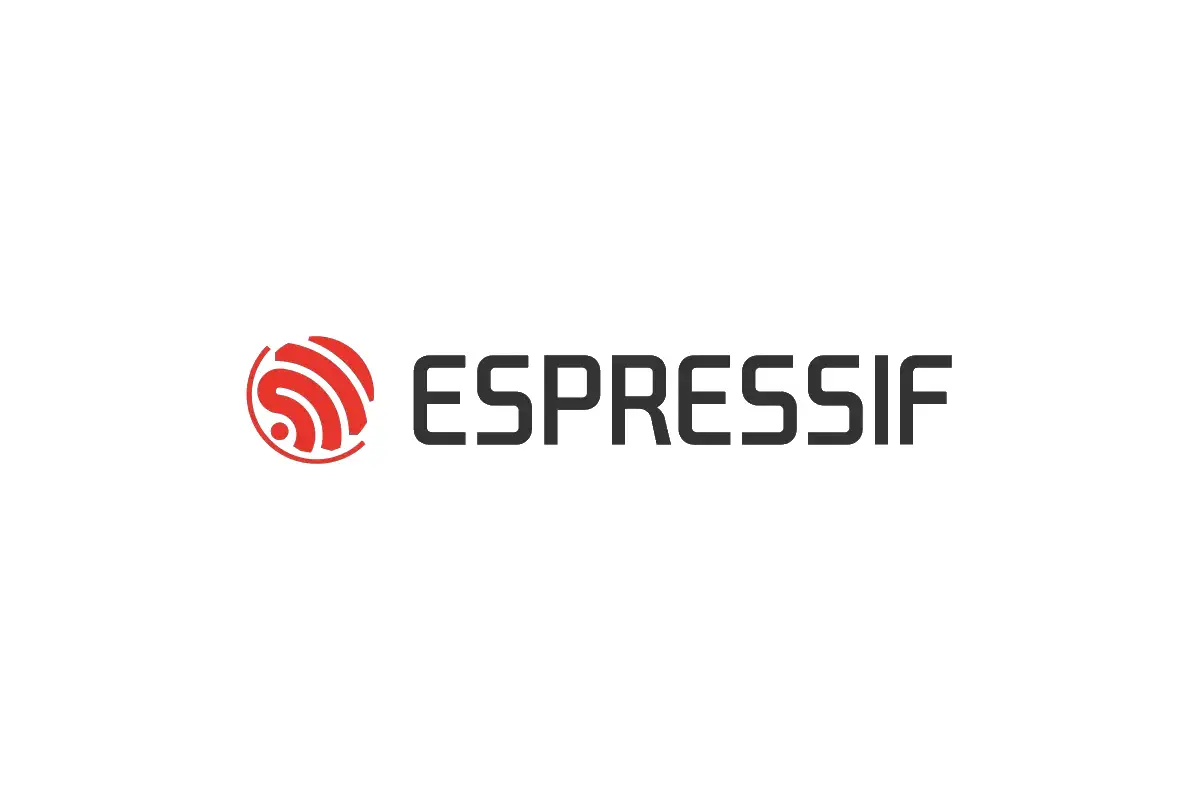The ESP32 is equipped with a 512KB of SRAM. While this may seem quite small, it can pack a lot of punch in this compact form if used well.
As we use the various components and its features in our application firmware, the linker pulls in different functions and variables from these components. The linker will typically optimise out entities that aren’t being used (or referenced) from the current application firmware. So, depending upon what you do in your application, the contribution from various components to your footprint changes.
The IDF provides a utility, idf_size.py, that lets you peek into the footprint utilisation so you could identify and optimise the relevant bits. The utility is also linked with the build scripts so you could directly run make targets to look at the footprint without having to remember a number of commands.
Let’s look at some quick ways how this can be used to look at the effective static footprint.
Per-Component Size#
One way to look at the static footprint is to look at what impact every component has on your final firmware image. This can be done using the size-components target of the build system. Executing this target after building the examples/wifi/power_save application shows me the following output:
$ __make IDF_PATH=~/work/idf size-components__
Total sizes:
DRAM .data size: 14200 bytes
DRAM .bss size: 23224 bytes
Used static DRAM: 37424 bytes ( 143312 available, 20.7% used)
Used static IRAM: 62344 bytes ( 68728 available, 47.6% used)
Flash code: 368546 bytes
Flash rodata: 65916 bytes
Total image size:~ 511006 bytes (.bin may be padded larger)
Per-archive contributions to ELF file:
__Archive File DRAM .data & .bss IRAM Flash code & rodata Total__
libnet80211.a 1976 8891 3358 92337 10206 116768
liblwip.a 19 3865 0 72280 14962 91126
libpp.a 855 6339 13035 40707 7311 68247
libc.a 0 0 0 55343 3889 59232
libphy.a 1334 869 4584 29104 0 35891
libesp32.a 2685 436 8067 10719 7388 29295
libwpa.a 0 682 0 20314 2320 23316
libfreertos.a 4148 776 12215 0 1595 18734
libnvs_flash.a 0 32 0 9497 2705 12234
libgcc.a 4 20 104 9899 848 10875
...upplicant.a 0 0 0 9492 4 9496
...spi_flash.a 36 323 6465 912 1724 9460
libheap.a 876 4 3390 1123 996 6389
libdriver.a 24 4 0 883 4990 5901
libsoc.a 669 8 3841 0 1239 5757
libcoexist.a 1277 94 3344 0 137 4852
libstdc++.a 8 20 0 2613 1253 3894
libmbedtls.a 0 0 0 3109 320 3429
...p_adapter.a 0 124 0 2578 316 3018
libvfs.a 40 63 0 2212 417 2732
libnewlib.a 152 252 750 463 95 1712
libpthread.a 16 12 178 770 655 1631
liblog.a 8 268 438 396 166 1276
libmain.a 0 0 0 574 643 1217
libcore.a 0 5 0 709 402 1116
librtc.a 0 4 1090 0 0 1094
...pp_update.a 0 0 0 123 725 848
libhal.a 0 0 515 0 32 547
libm.a 0 0 92 0 0 92
libcxx.a 0 0 0 11 0 11
libwps.a 0 1 0 0 0 1
libwpa2.a 0 1 0 0 0 1
libethernet.a 0 0 0 0 0 0
..._support.a 0 0 0 0 0 0
As you can see from the output above, it will display footprint information that is contributed by all the components towards the firmware. The information is additionally displayed in multiple columns:
- DRAM .data : This is the size of the .data section of the component. This includes any pre-initialized data that can be read or written at runtime
- DRAM .bss : This is the size of the .bss section of the component. This includes any global or statically defined variables and objects that are zero-initialised on boot-up.
- IRAM : This is the size of the code (.text) section that needs to be loaded into IRAM. Note that most code can directly be executed from flash (XIP), without having to load it into IRAM. Typically code that is executed in interrupt context or accesses flash for read/write directly goes in here.
- Flash Code : This is the size of the code (.text) section that is in the flash and is directly executed from there. Most of your code section will end up in this column.
- Flash rodata : Any read-only data that is used by your firmware (strings, statically initialized and unmodifiable arrays) all go into this section. Since the flash can directly be accessed during execution, this need not be loaded into memory.
- Total: The total contribution of this component.
As you might have guessed the size contributions to the IRAM and DRAM section here are critical. Since SRAM is limiting factor (512KB) relative to flash (about 2–8 MB).
Per-Symbol Size#
Now Let’s say you found out that one of the components that you have written consumes much more memory that it should have. You can dig deeper by trying to check which symbols within this component contribute the most to the footprint. This can be done using the size-symbols target to the build system. For example,
$ __make IDF_PATH=~/work/idf size-symbols COMPONENT=soc__ Total sizes:
DRAM .data size: 14200 bytes
DRAM .bss size: 23224 bytes
Used static DRAM: 37424 bytes ( 143312 available, 20.7% used)
Used static IRAM: 62344 bytes ( 68728 available, 47.6% used)
Flash code: 368546 bytes
Flash rodata: 65916 bytes
Total image size:~ 511006 bytes (.bin may be padded larger)
Symbols within the archive: libsoc.a (Not all symbols may be reported)__Symbols from section: .dram0.data__ str1.4(605) __func__$3446(23) __func__$3425(21) rtc_clk_cpu_freq_value(20)
Section total: 669__Symbols from section: .dram0.bss__
s_cur_pll(4) s_cur_freq(4)
Section total: 8__Symbols from section: .iram0.text__
rtc_init(1020) rtc_clk_cpu_freq_set(472) rtc_clk_bbpll_set(380) rtc_clk_cal_internal(369) .iram1(282) rtc_clk_cpu_freq_get(172) rtc_clk_32k_bootstrap(170) rtc_clk_32k_enable_internal(149) rtc_clk_wait_for_slow_cycle(129) rtc_time_get(96) rtc_clk_cpu_freq_value(96) rtc_clk_cal(78) rtc_clk_xtal_freq_get(68) rtc_clk_slow_freq_get_hz(51) rtc_clk_apb_freq_get(50) rtc_clk_32k_enable(49) rtc_clk_fast_freq_set(46) rtc_clk_slow_freq_set(43) clk_val_is_valid(32) .iram1.literal(28) rtc_clk_apb_freq_update(23) rtc_clk_slow_freq_get(16) clk_val_to_reg_val(14) reg_val_to_clk_val(8)
Section total: 3841Symbols from section: .iram0.vectorsSection total: 0Symbols from section: .flash.textSection total: 0__Symbols from section: .flash.rodata__
soc_memory_regions(704) soc_memory_types(320) str1.4(159) soc_reserved_regions(48) soc_reserved_region_count(4) soc_memory_region_count(4)
Section total: 1239
Notice that we pass an additional parameter COMPONENT=<component_name> in the make command line to get per symbol information of this component. In the example above, we requested information for the component ‘soc’.
This caused the tool to display how much every symbol (function or variable/object) from this component contributed to the firmware’s footprint. Notice how information about how much size every function contributed to .iram0.text is shown in the output above. Also, because the arrays soc_memory_types and soc_memory_regions (defined in soc_memory_layout.c) are defined as ‘const’ are put into the flash since it is read-only data.
This information can be effectively used to identify exactly what parts of your components are contributing to the firmware footprint and then help you focus on optimizing these parts effectively.



